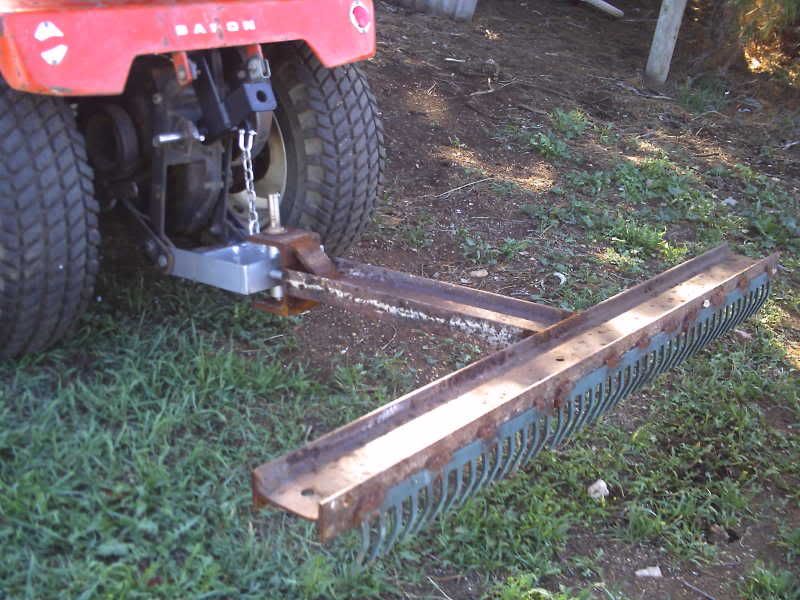babolottino
Well-Known Member
- Joined
- Jul 18, 2014
- Messages
- 64
- Reaction score
- 1
hi, I do not know if I'm writing the message in the sector of the right forum, however in any case I expose the question
an acquaintance of mine would like to make a scrap or a ripper or an artisanal bucket to hook to the boom of an excavator to use as a sort of aglyle tool, to clear the ground and free it from branches, bushes brambles, stones, there is a bucket on the market particular, but it is very expensive, we would like to know if you could help us to make a craft by spending a little money, perhaps using a large steel profile as a support frame and pieces of round steel accented and welded like teeth, the device should be bolted to the bucket of the excavator and then disassemble after use, it should be about a meter long and 15 mm thick for a width suitable for the purpose some suggestions or advice useful for the purpose thanks for the attention, we wait opinions




https://dizv3061bgivy.cloudfront.net/mmc-assets/pdfs/lectura/komatsu/pc75r2/pc75r_2_it(e0b).pdf
http://attrezzatures.com/tecniche/costruzioni-6048/komatsu/pc75-1.html


an acquaintance of mine would like to make a scrap or a ripper or an artisanal bucket to hook to the boom of an excavator to use as a sort of aglyle tool, to clear the ground and free it from branches, bushes brambles, stones, there is a bucket on the market particular, but it is very expensive, we would like to know if you could help us to make a craft by spending a little money, perhaps using a large steel profile as a support frame and pieces of round steel accented and welded like teeth, the device should be bolted to the bucket of the excavator and then disassemble after use, it should be about a meter long and 15 mm thick for a width suitable for the purpose some suggestions or advice useful for the purpose thanks for the attention, we wait opinions




https://dizv3061bgivy.cloudfront.net/mmc-assets/pdfs/lectura/komatsu/pc75r2/pc75r_2_it(e0b).pdf
http://attrezzatures.com/tecniche/costruzioni-6048/komatsu/pc75-1.html












![DreamPlan Home Design and Landscaping Software Free for Windows [PC Download]](https://m.media-amazon.com/images/I/51kvZH2dVLL._SL500_.jpg)

















![TurboCAD 2020 Designer [PC Download]](https://m.media-amazon.com/images/I/51UKfAHH1LL._SL500_.jpg)






























































